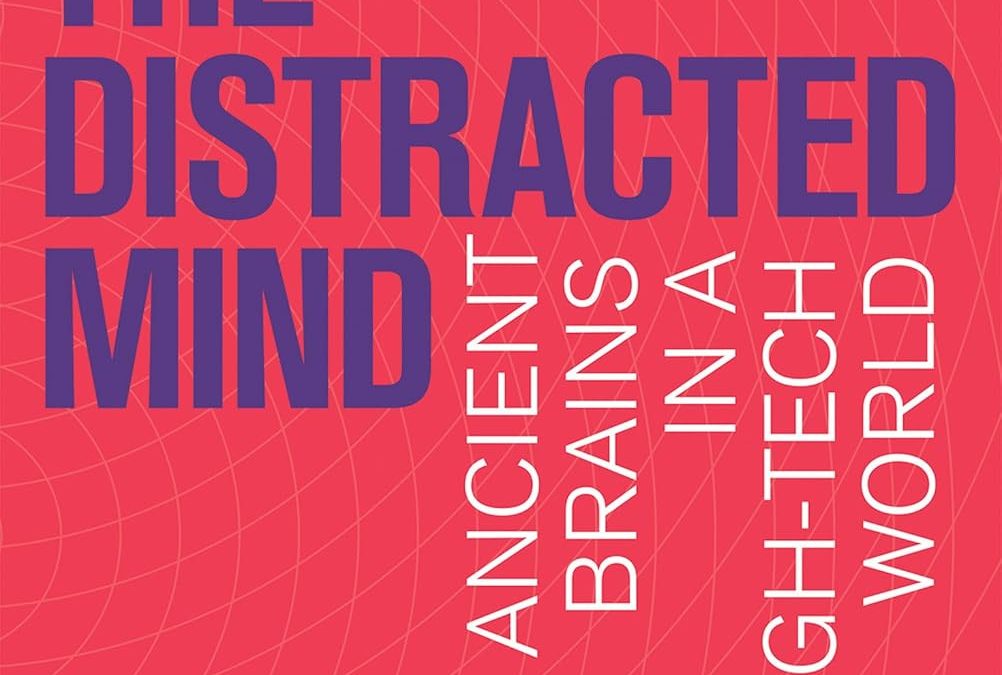The Distracted Mind presents a scientific exploration of the cognitive challenges of the modern information age, grounding its analysis in neuroscience and psychology rather than cultural critique. The book’s central thesis is that our increasing struggles with distraction and interruptions are not a moral failing but a consequence of our “ancient brains” colliding with high-tech environments that exploit our cognitive limitations.
The book’s content is structured around a clear, three-part argument. First, it establishes a foundation in cognitive science, explaining core concepts like goal setting, interference (both internal and external), and cognitive control—our brain’s executive functions that allow us to focus, filter distractions, and manage multiple goals. The authors posit that the fundamental drivers of human behavior are our deep-seated goals to seek information and interact with our environment.
Second, the book argues that these cognitive control abilities are inherently limited and susceptible to failure. Our brains were not designed for the relentless, multi-source information streams of the modern world. The authors detail how interference disrupts our focus and how our capacity for working memory and task-switching is easily overwhelmed, leading to errors, forgetfulness, and frustration.
The third and most significant part of the book’s content connects these cognitive limitations to modern technology. Gazzaley and Rosen explain that digital technologies are perfectly designed to exploit our innate information-seeking goals while simultaneously challenging our fragile cognitive control. They make a critical distinction between interruptions (external events that break our focus) and distractions (the internal act of voluntarily shifting our attention away from a goal, often due to anxiety or boredom). They argue that technology fuels both, creating a vicious cycle that degrades our performance and increases stress.
Unlike books that simply diagnose the problem, The Distracted Mind dedicates substantial content to proposing evidence-based strategies for intervention. These “cognitive fitness” recommendations are categorized as:
- Behavioral Strategies: Techniques such as implementing “tech breaks” to schedule focused work, curating one’s environment to minimize interruptions, and prioritizing single-tasking.
- Meditation and Mindfulness: The book presents research on how these practices can strengthen the brain’s networks for cognitive control and improve attention regulation.
- Video Games and Technology-Based Tools: Reflecting Gazzaley’s research, the book explores the potential of specially designed video games and software to directly train and improve specific cognitive control abilities like filtering and task-switching.
The tone of the book is academic yet accessible, building its case systematically from first principles of neuroscience. Its content remains focused on the mechanisms of the brain, providing a scientific framework for understanding why we feel distracted and offering practical solutions based on that science to help us thrive in a high-tech world.
